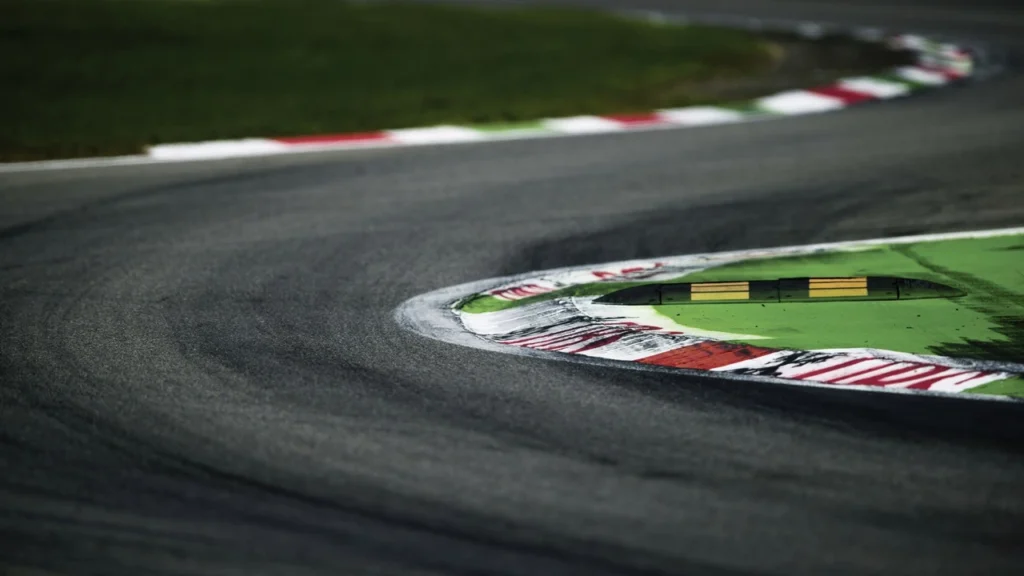Racing games are not just about speed and skill; they’re also about competition. For solo players, this competition comes in the form of AI opponents, which must be both challenging and fair to keep the game engaging. Implementing AI behavior and racing dynamics in racing games is a complex task that requires developers to strike a delicate balance between creating formidable opponents and ensuring an enjoyable player experience. In this article, we’ll explore the intricacies of AI development in racing games and how developers navigate the competitive curve to deliver thrilling races.
Understanding AI Behavior:
The foundation of AI development in racing games lies in understanding how AI opponents behave on the track. Developers must create AI algorithms that accurately simulate human-like racing behavior, including factors such as racing lines, braking points, overtaking maneuvers, and defensive driving tactics. This involves analyzing real-world racing data, studying the behavior of professional drivers, and fine-tuning AI parameters to replicate realistic racing scenarios.

Read also about: The Intricacies of Track Design and Environment Creation in Racing Games.
Balancing Difficulty Levels:
One of the key challenges in AI development is balancing difficulty levels to provide a challenging yet fair experience for players. Developers must implement AI algorithms that adapt to the player’s skill level, providing a competitive challenge without overwhelming or frustrating less experienced players. This often involves implementing multiple difficulty settings and dynamic AI scaling mechanisms that adjust the behavior and performance of AI opponents based on the player’s performance.

Creating Adaptive AI:
To enhance the realism and unpredictability of AI opponents, developers often implement adaptive AI algorithms that learn and evolve over time. These algorithms analyze the player’s behavior and racing patterns, adjusting the behavior of AI opponents accordingly to provide a more dynamic and immersive racing experience. Adaptive AI can mimic human-like decision-making processes, such as learning from past mistakes, anticipating the player’s actions, and adapting to changing race conditions.
Simulating Racing Dynamics:
In addition to replicating individual AI behaviors, developers must also simulate racing dynamics, such as drafting, slipstreaming, and pack racing. These dynamics add depth and complexity to races, requiring players to strategize and adapt their driving techniques to take advantage of opportunities and overcome challenges. Implementing realistic racing dynamics involves modeling complex interactions between vehicles, including aerodynamic effects, drafting physics, and the influence of track conditions.
Ensuring Fair Play:
Fairness and integrity are paramount in racing games, particularly in competitive multiplayer modes. Developers must implement cheat detection algorithms and anti-cheat measures to prevent cheating and ensure a level playing field for all players. This involves monitoring player behavior, detecting suspicious activity, and taking appropriate action to maintain the integrity of the game’s competitive ecosystem.

Conclusion:
Implementing AI behavior and racing dynamics in racing games is a complex and multifaceted process that requires careful consideration of numerous factors. By understanding player behavior, balancing difficulty levels, creating adaptive AI, simulating racing dynamics, and ensuring fair play, developers can create AI opponents that provide a challenging yet enjoyable racing experience for players of all skill levels. Ultimately, it’s the combination of realistic AI behavior, dynamic racing dynamics, and fair play that elevates racing games to new heights of excitement and immersion.


